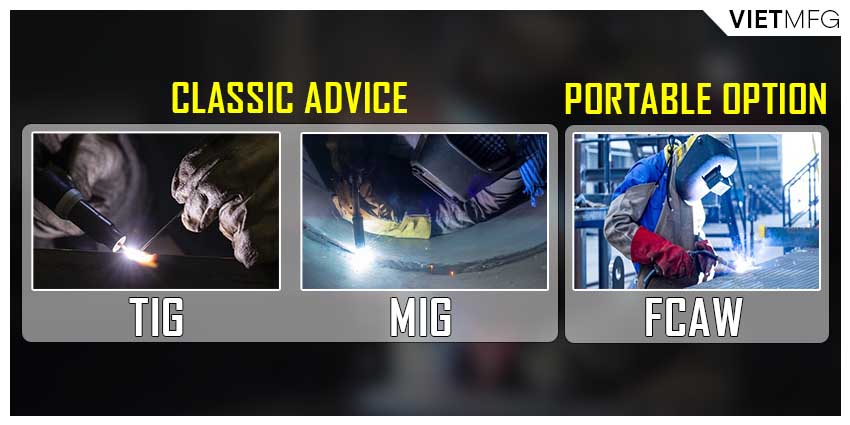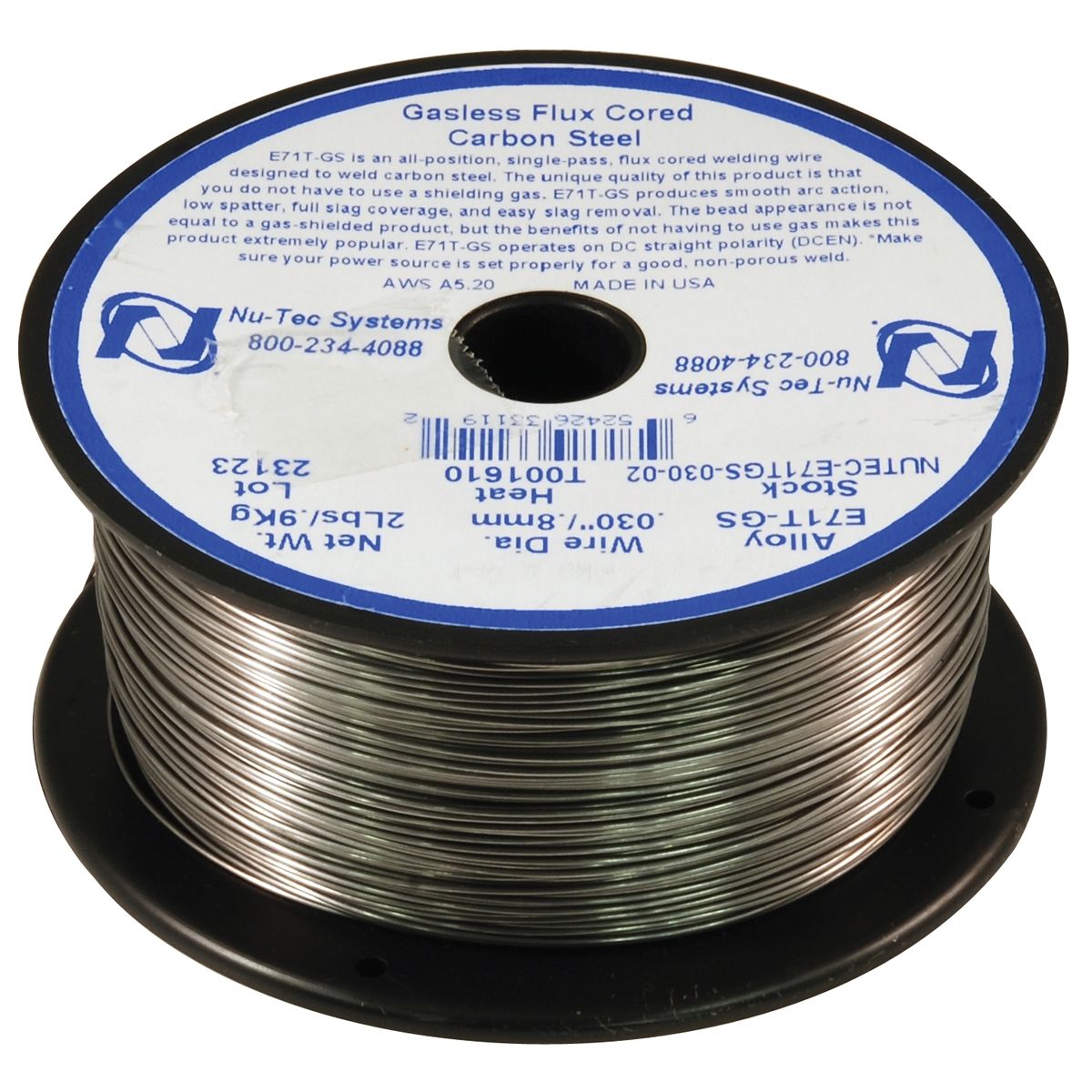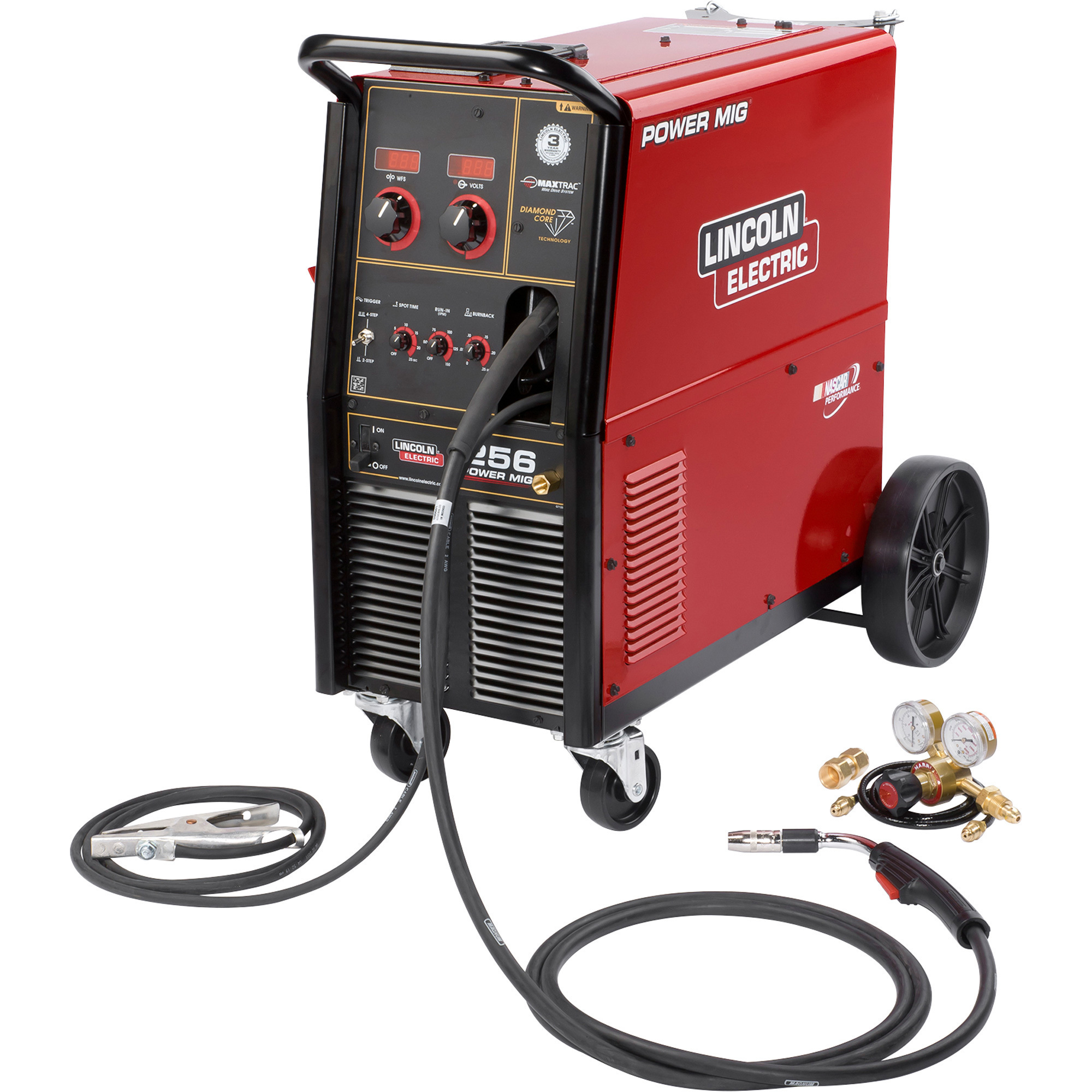
If gases are still being released, oftentimes they’ll get trapped and show up later as porosity or surface worm tracks. The downside of fast-freezing slag is it will solidify before the molten weld puddle underneath it. This is necessary to support the weld puddle when welding vertical-up or overhead. The filler metal you are using is an all-position flux-core wire, and these wire types have a fast-freezing slag system. You mentioned this is repair work inside of a dryer for a wet media, so if the weld joints are not thoroughly cleaned, this may be the main cause of the porosity. Porosity is caused by impurities in the weld joint, loss of or excessive shield gas, or excessive moisture absorption in the flux-cored wire. However, this seems like a case of using the wrong tool for the job rather than a technique issue, and here’s why. fillet weld in a single pass with a small-diameter flux-core wire, the possibility for excessive weld gun manipulation may be partially to blame. Since the welders are trying to deposit a 3/8-in. Undercut that occurs in the 1F position usually stems from excessive weld puddle manipulation or travel speed that is either too fast or too slow. We can’t comment on the weld parameters since we don’t know them.

Undercut typically occurs because of weld parameters that are way out of specification, improper welding technique, or both. What could be causing our welds to fail?Ī: Based on the information you have provided, we see a few areas of concern. Because of extreme time constraints, all welds are made in a single pass. All welds are done in the flat position and are 3/8 in.

We tried to use a carbon steel electrode, but the welds wear away too fast and we found that the stainless performs better. We are welding A514 to A36 with 0.045-in.-dia., all-position, flux-cored 309L with 75% argon/25% carbon dioxide gas for better wear resistance. Our welds are failing inspection because of porosity, undercut, and weld cracking. Q: We are repair welding steel scrapers inside of a dryer system that is in a wet environment.

Why does a single-pass stainless steel weld using FCAW keep failing inspection? David Meyer and Rob Koltz take a closer look what might be causing these failures.


 0 kommentar(er)
0 kommentar(er)
